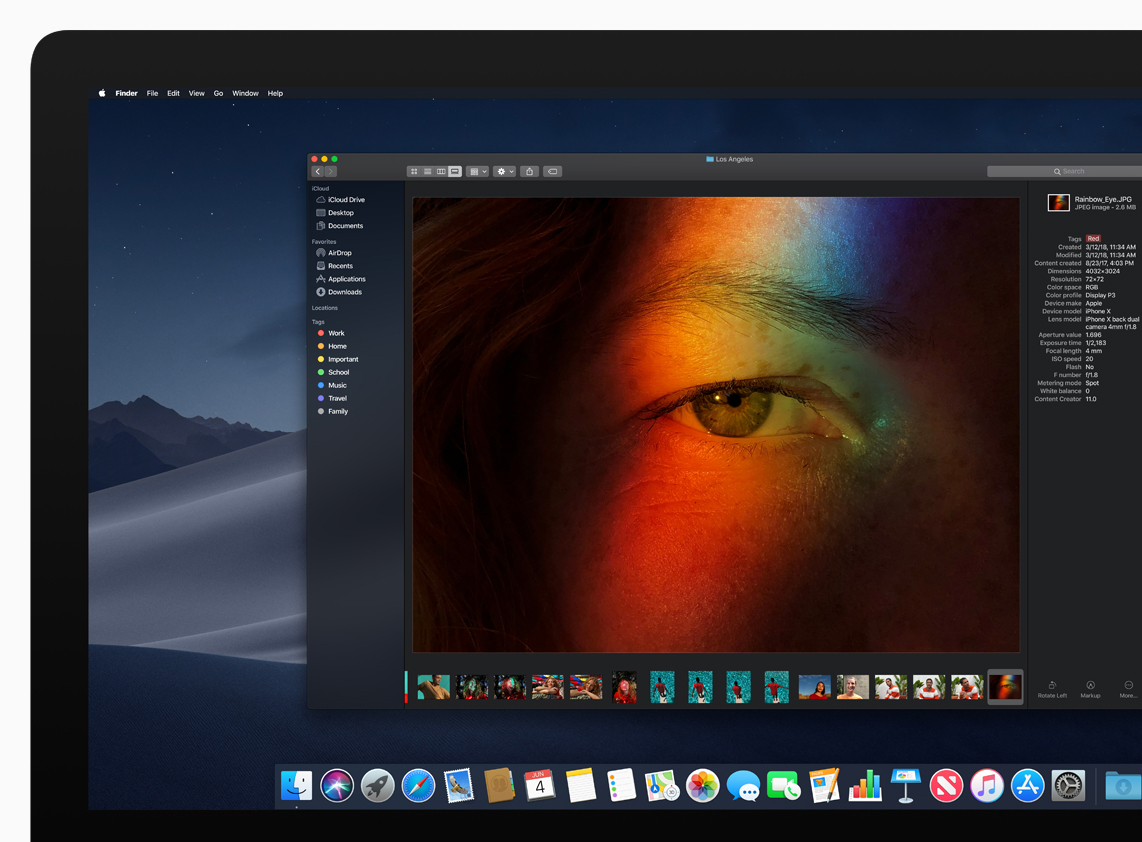There has been a lot of research on this topic since the 1980s and a lot of it still holds true today. One study from the 1980s states this:
However, most studies have shown that dark characters on a light background are superior to light characters on a dark background (when the refresh rate is fairly high). For example, Bauer and Cavonius (1980) found that participants were 26% more accurate in reading text when they read it with dark characters on a light background.
Reference: Bauer, D., & Cavonius, C., R. (1980). Improving the legibility of visual display units through contrast reversal. In E. Grandjean, E. Vigliani (Eds.), Ergonomic Aspects of Visual Display Terminals (pp. 137-142). London: Taylor & Francis
The reason why this matters is because of focus. As
this article on UXMovement states, "white stimulates all three types of color sensitive visual receptors in the human eye in nearly equal amounts." It causes the eye to focus by tightening the iris. Since the eye is focused, dark letter forms on light backgrounds are easier to read. When using a dark background with strong light letter forms, the iris opens to allow more light in, but that causes letter forms to blur. Why?
People with astigmatism (approximately 50% of the population) find it harder to read white text on black than black text on white. Part of this has to do with light levels: with a bright display (white background) the iris closes a bit more, decreasing the effect of the "deformed" lens; with a dark display (black background) the iris opens to receive more light and the deformation of the lens creates a much fuzzier focus at the eye.
Jason Harrison – Post Doctoral Fellow, Imager Lab Manager – Sensory Perception and Interaction Research Group, University of British Columbia
What is better for the eyes, a dark color theme or a white color theme?

ux.stackexchange.com









